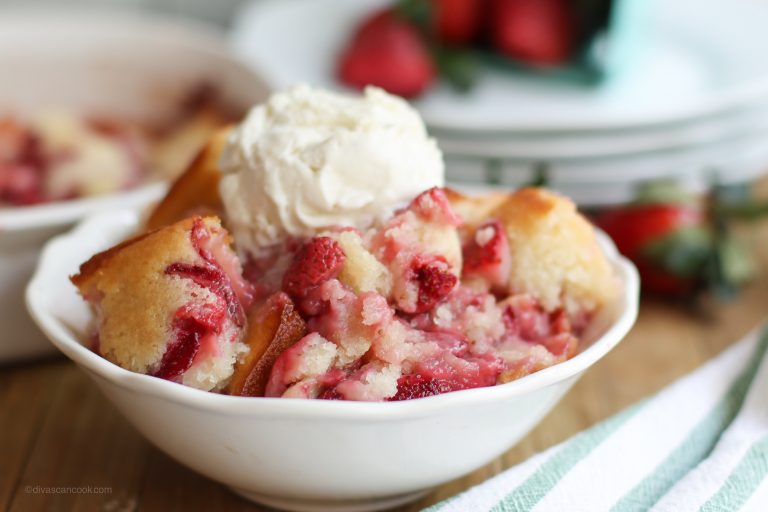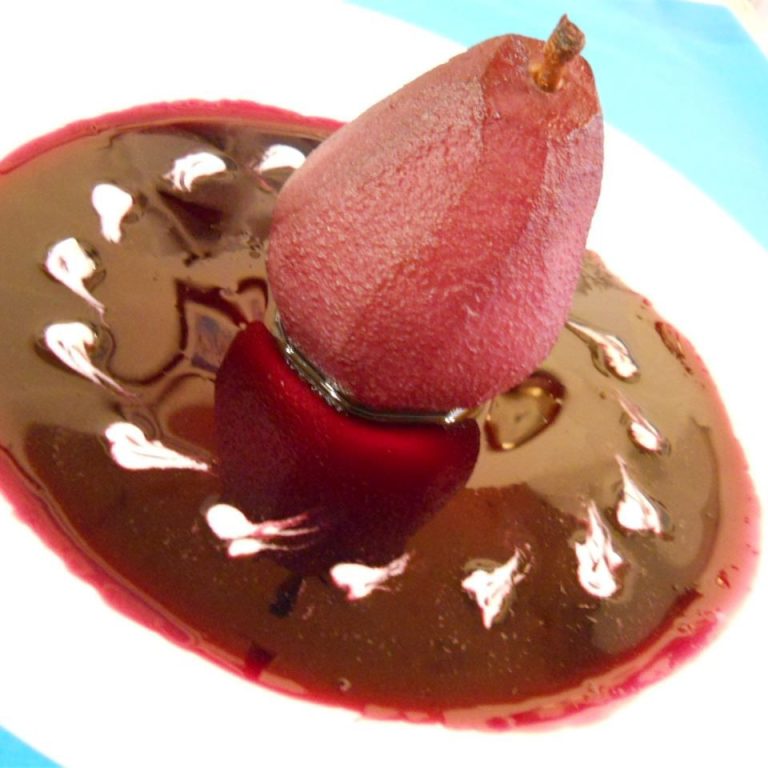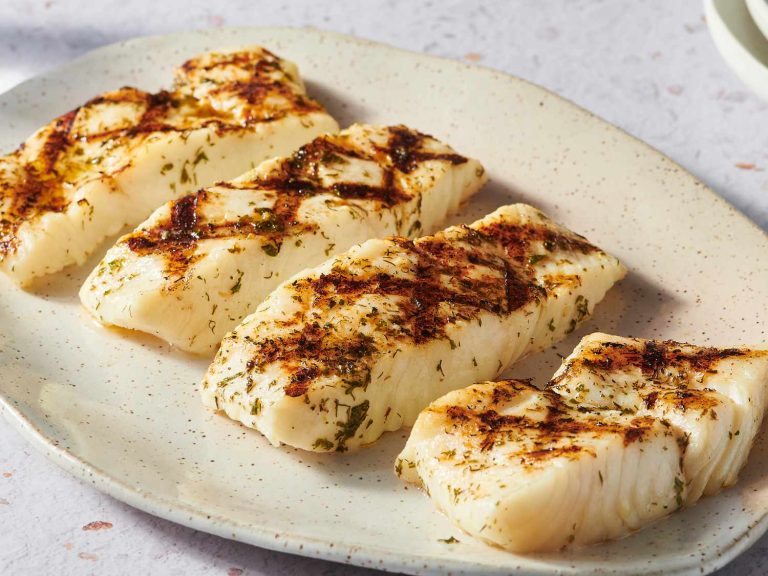Tempura Batter: History, Techniques, and Tips for Crispier Results
Tempura batter’s story begins in the mid-16th century when Portuguese missionaries and traders arrived in Japan. They introduced a dish called “peixinhos da horta,” which consisted of vegetables dipped in batter and fried. The Japanese adapted this concept, integrating it with local ingredients and techniques. Over time, the dish evolved, gaining a unique taste and texture suited to Japanese culinary preferences.
Evolution of Tempura in Japanese Cuisine
By the Edo period (1603-1868), tempura had become a popular street food in Japan. Street vendors would prepare this dish quickly using fresh seafood and vegetables, catering to the bustling city life. As tempura’s popularity grew, it entered high-end dining establishments, making its way into traditional multi-course meals known as kaiseki. Today, tempura remains a beloved part of Japanese cuisine, celebrated for its light, crispy texture and versatility.
Key Ingredients of Tempura Batter
The Role of Ice Water
Ice water is critical in tempura batter. Using ice-cold water delays gluten formation, resulting in a lighter, crispier coating. This temperature contrast also helps seal the batter immediately upon frying, reducing oil absorption. Aim to maintain the cold temperature throughout the mixing and resting process, using a chilled bowl or adding ice cubes.
Choosing the Right Flour
The type of flour impacts the texture of tempura. Low-protein flours like cake flour or purpose-made tempura flour produce a tender, less chewy coating. If unavailable, mix all-purpose flour with cornstarch in a 3:1 ratio to mimic the effects. Avoid high-protein flours as they create a denser, less delicate crust.
Techniques for the Perfect Tempura Batter
The Importance of Mixing Method
Mixing tempura batter correctly ensures a light, airy coating. First, combine ice water and flour gently. Stirring vigorously activates gluten, resulting in a chewy texture. Use chopsticks or a fork to lightly mix until lumps remain. These lumps create the characteristic crispy texture after frying. Keeping the batter cold preserves its lightness and prevents premature cooking.
Tips for Maintaining the Right Temperature
Maintaining the right temperature is crucial for perfect tempura. Heat oil to 340-360°F (170-180°C). Cooler oil absorbs more oil, making tempura greasy. Overheated oil burns the batter before cooking the interior. Use a deep-fry thermometer to monitor oil temperature. After adding ingredients, allow the oil to regain its ideal temperature before frying the next batch. Ensuring the correct oil temperature gives tempura its signature crispiness without being oily.
Common Mistakes When Making Tempura Batter
Overmixing the Batter
Overmixing tempura batter results in a heavy, dense coating instead of the desired light, crispy texture. This occurs because mixing activates gluten, making the batter tough. To avoid this, mix the ingredients lightly and briefly, leaving some lumps. Use chopsticks or a fork instead of a whisk, which helps prevent overmixing. Make sure to use ice water, as it slows gluten formation and keeps the batter light.
Using the Wrong Oil Temperature
Using the wrong oil temperature affects the final texture of tempura. At too low a temperature, tempura absorbs excess oil and becomes greasy. At too high a temperature, the batter cooks too quickly, leading to a burnt exterior and raw interior. Maintain an oil temperature of 340-360°F (170-180°C) for optimal results. Use a deep-fry thermometer for accuracy and allow the oil to return to this temperature between batches.
Variations of Tempura Batter Recipes
Gluten-Free Alternatives
Gluten-free tempura batter options allow those with dietary restrictions to enjoy this crispy dish. Replace traditional wheat flour with gluten-free flours like rice flour or a blend of cornstarch and potato starch. These substitutes often yield a lighter batter while retaining the desired crispiness. Using ice-cold water when mixing the batter helps maintain this texture. Ensure the mixture isn’t overworked to avoid a dense coating. Gluten-free soy sauce can enhance the dipping sauce, ensuring the entire meal is gluten-free.
Adding Spices and Flavors
Enhance your tempura batter by incorporating various spices and flavors. Popular additions include garlic powder, paprika, and ground ginger, which add depth to the batter without overpowering the core ingredients. For a touch of heat, consider mixing in cayenne pepper or chili powder. For a more traditional flavor, add a small amount of dashi stock powder. Experimenting with herbs such as chopped parsley or cilantro can also provide a unique twist, offering visual appeal and a fresh taste. Maintain the balance between the batter and the spices to ensure the unique characteristics of tempura are preserved.
Conclusion
Mastering tempura batter opens the door to creating restaurant-quality tempura in your own kitchen. By understanding its rich history and the evolution of its techniques, you can appreciate the artistry involved. Remember to focus on key ingredients like ice water and the right flour for that perfect tender texture. Pay attention to the mixing method and maintain the ideal frying temperature for the best results.
Avoid common mistakes such as overmixing and incorrect oil temperature. With a deep-fry thermometer and careful attention, you can achieve that light, crispy texture every time. Don’t hesitate to experiment with variations, including gluten-free options and adding spices for extra flavor. Your journey to perfecting tempura batter will not only elevate your culinary skills but also bring a delightful Japanese tradition to your table.





